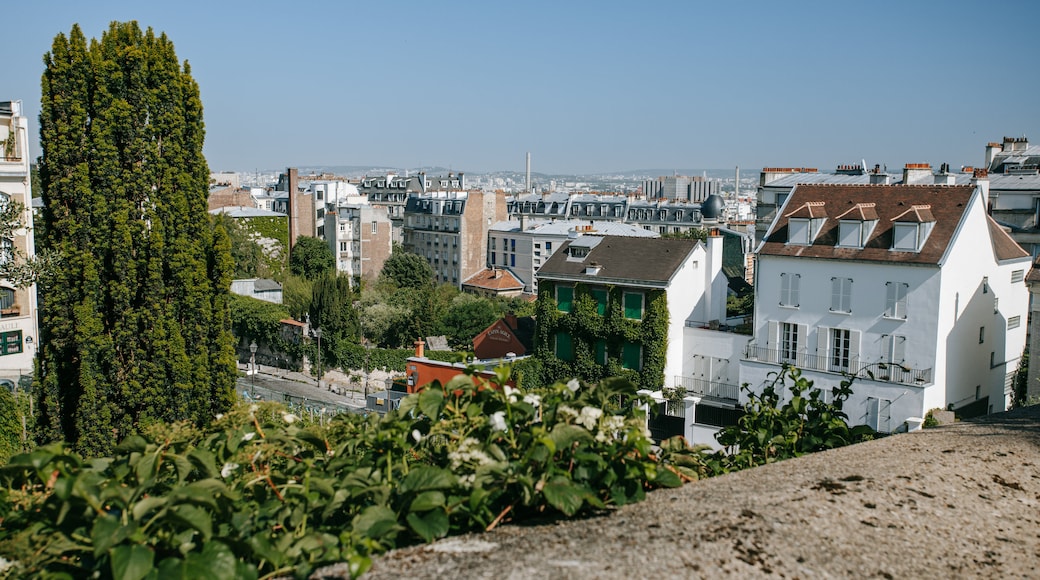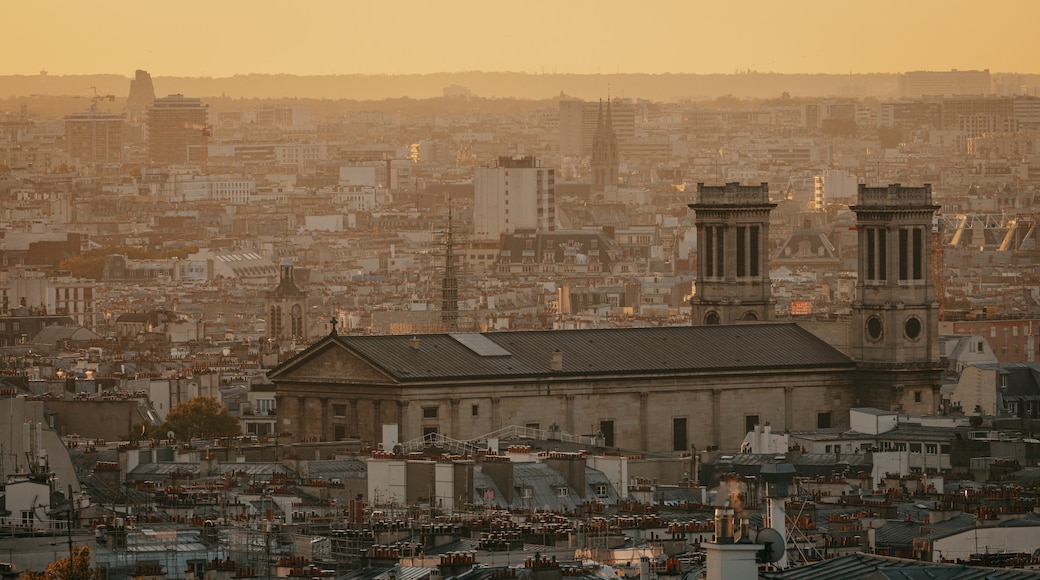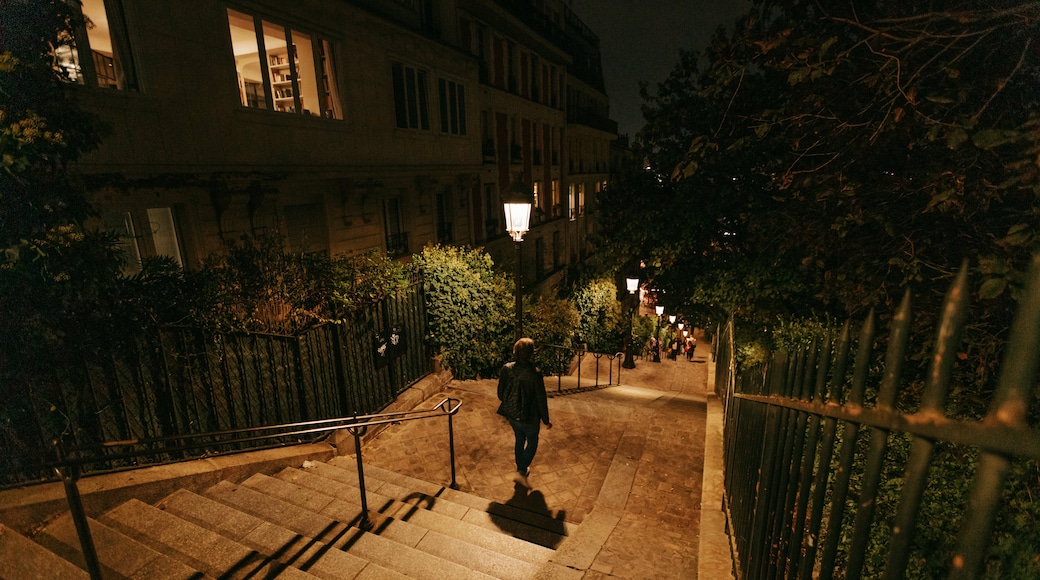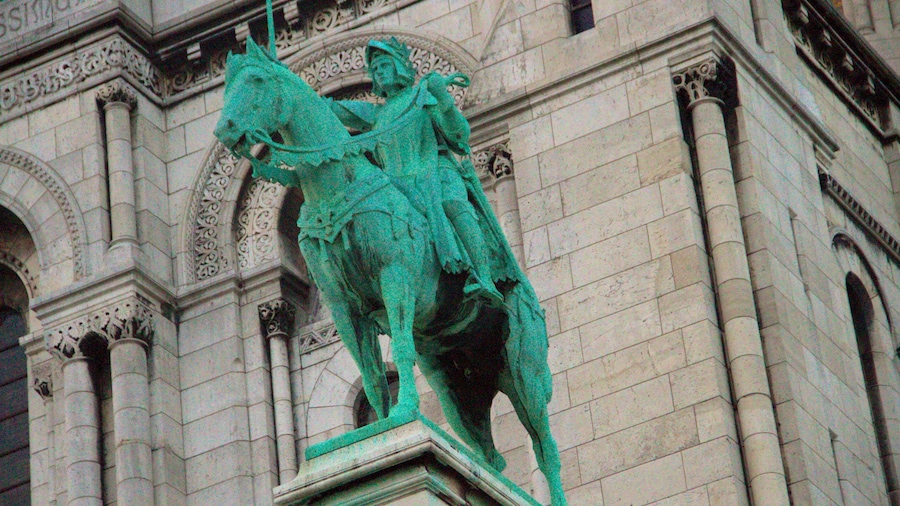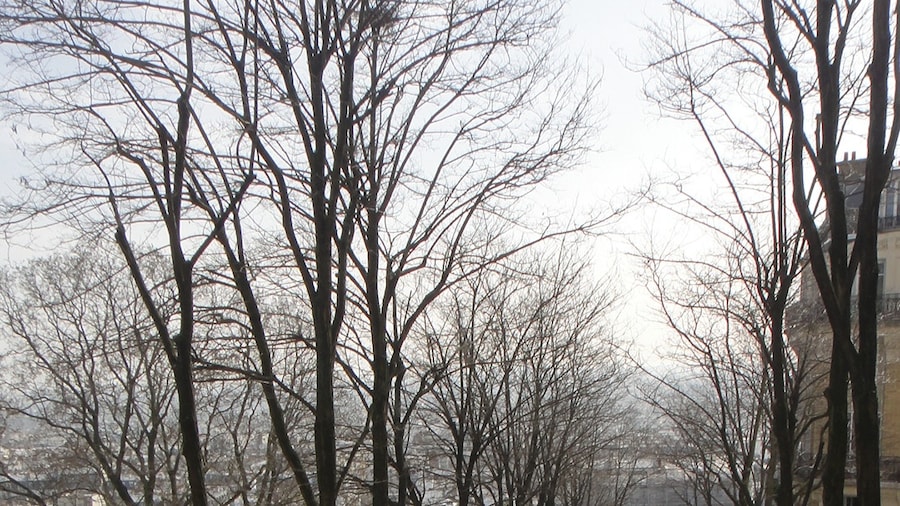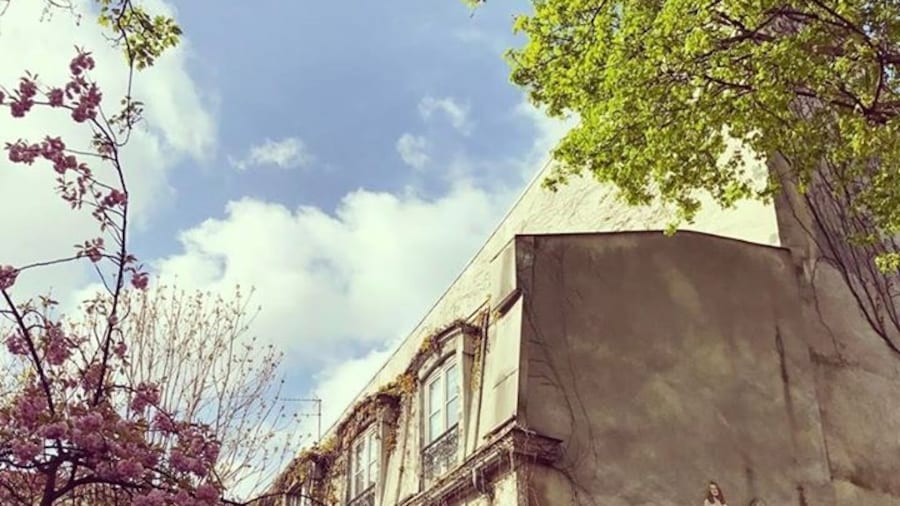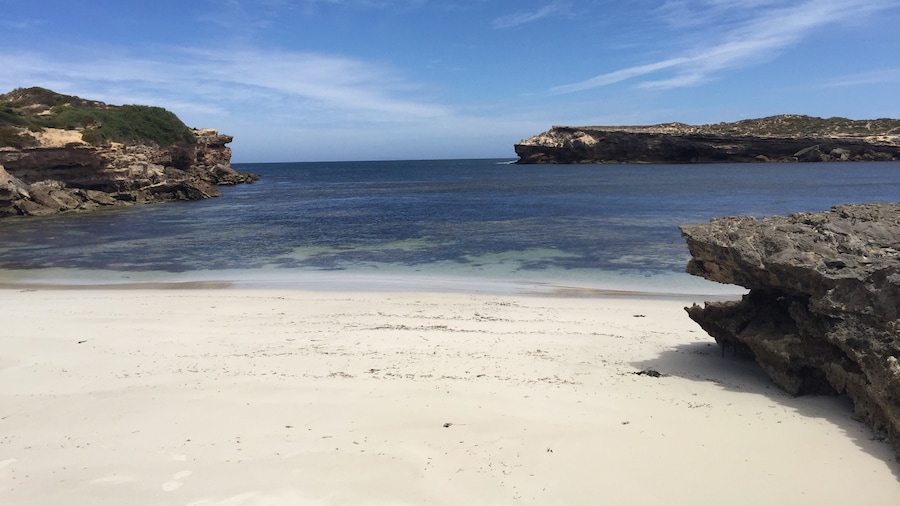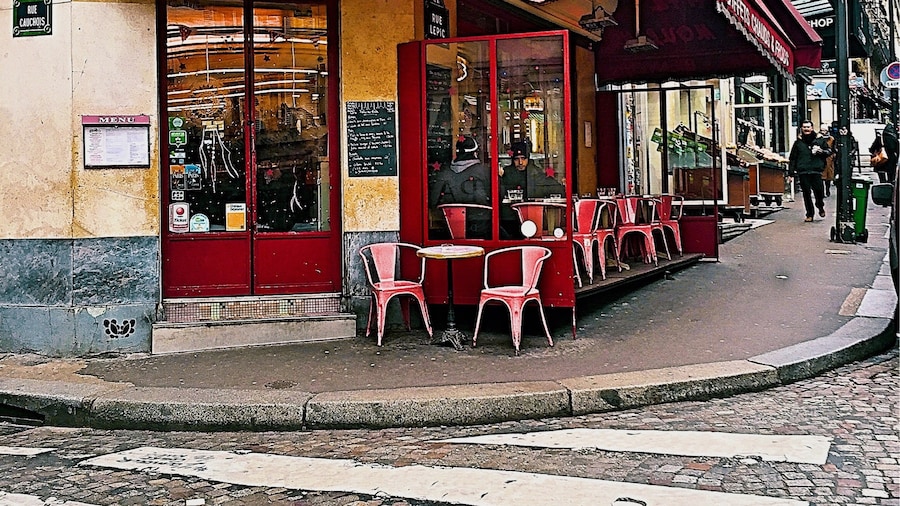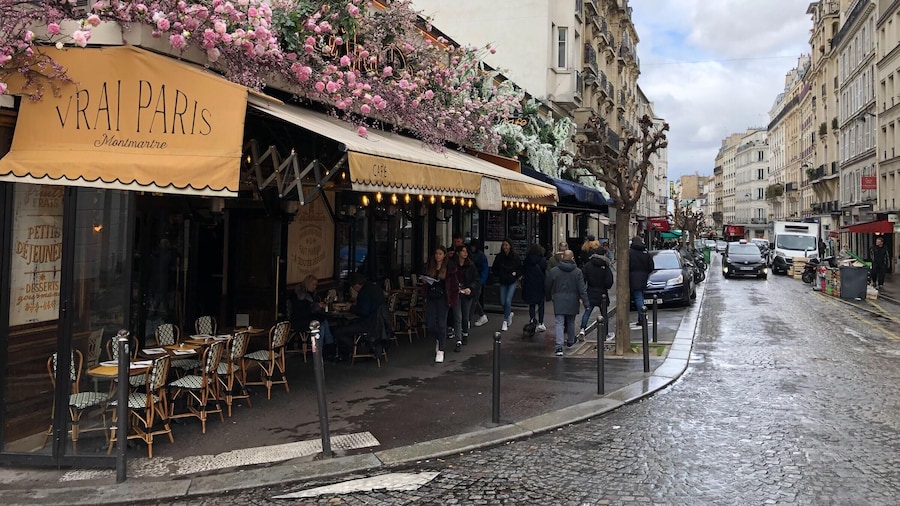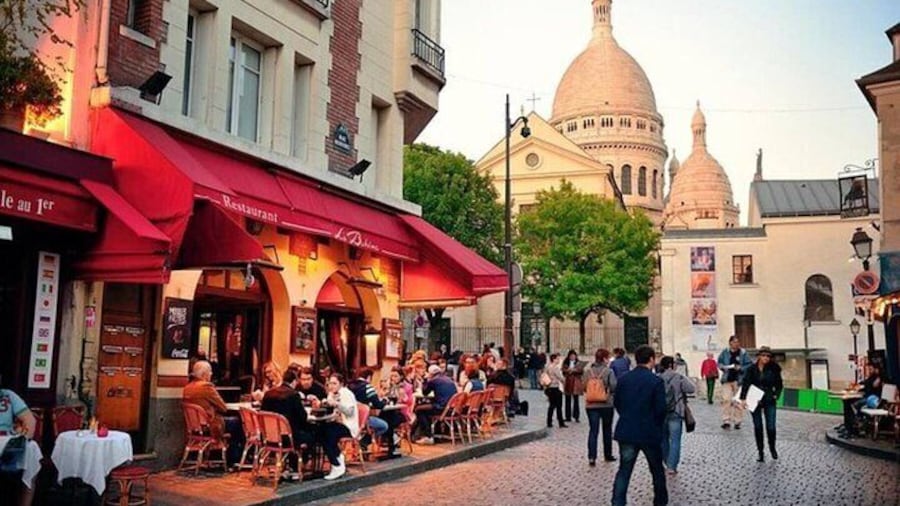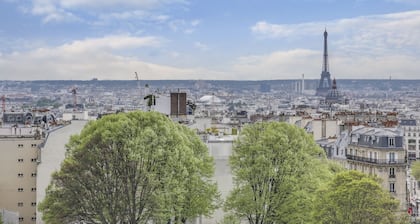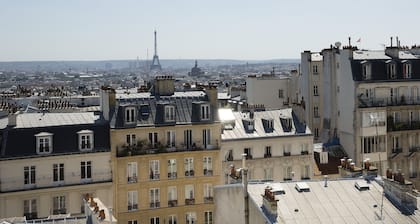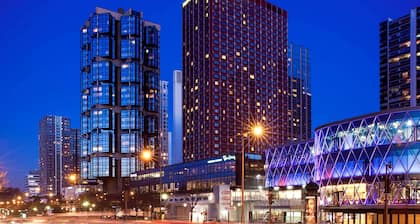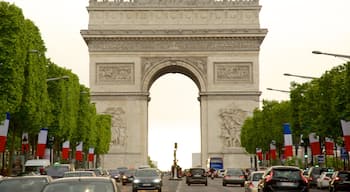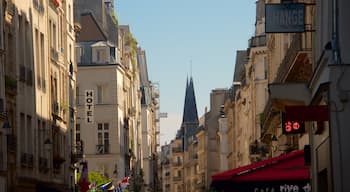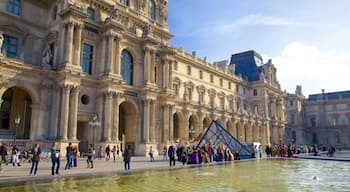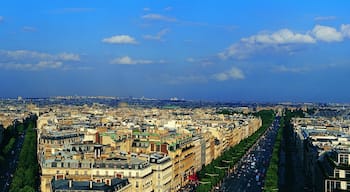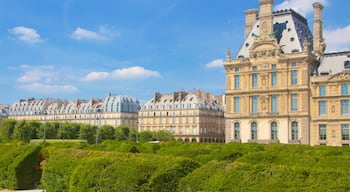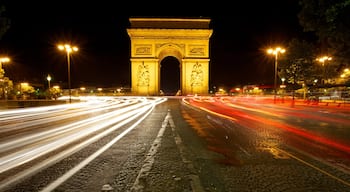Providing inspiration for many films, including Amelie, Moulin Rouge and the Édith Piaf biopic La Vie En Rose, Montmartre (Mountain of the Martyr) has long been associated with the Parisian artistic community. Originally outside the official boundaries of Paris, the village of Montmartre was a mid-19th century creative haven for artists including Dalí, Modigliani, Toulouse-Lautrec, Monet, Picasso and van Gogh.
Many of the places frequented by those famous artists are still standing. Musée de Montmartre, where Renoir once lived and worked, is now home to historic manuscripts, letters, posters, photographs and archaeological artifacts.
Nightclubs, cabaret and prostitution were woven into the area’s social fabric and still exist today, particularly along the gaudy Boulevard de Clichy. This is where you’ll find the Moulin Rouge, which opened in 1889. Today it has two shows nightly, complete with elaborate costumes, dramatic song and the high cancan kicks of the last century.
Montmartre’s most famous architectural highlight is the Basilique du Sacré-Cœur (Basilica of the Sacred Heart). This Catholic church is perched on the city’s highest hill, the butte Montmartre (“mountain of the martyr”). The basilica’s interior has one of the world’s largest mosaics, Christ in Majesty. Its grand pipe organ was designed by Aristide Cavaille-Coll, who also created the organs for Notre Dame.
While in the area, art lovers should stop by Espace Dalí a few streets to the west of the basilica. This is a permanent exhibition devoted to Salvador Dali. It features more than 300 of the artist’s works, including the country’s largest collection of his sculptures.
The best time to visit Montmartre is on a weekday when the streets are less crowded. In October, however, there is a time when you’ll be glad to mix with masses. During Fetes de Vendanges (grape harvest festival), Montmartre celebrates the pickings from its own tiny vineyard. There are parades of dancers and musicians, stalls of regional produce and a nightly fireworks display over several days.
Montmartre is located in the north end of Paris, atop a hill that reaches a height of about 427 feet (130 meters). You can take the stairs up the dramatic hillside, or drive into the neighborhood. This is an area that lends itself to getting lost. At some point during your visit, fold away your map and embrace its narrow, cobblestone streets. If the inclines are too much, catch Montmartre’s “Little Train.” It chugs its way through the major locations. A 35-minute round trip is a ticketed journey and leaves from Place Blanche regularly throughout the day.

